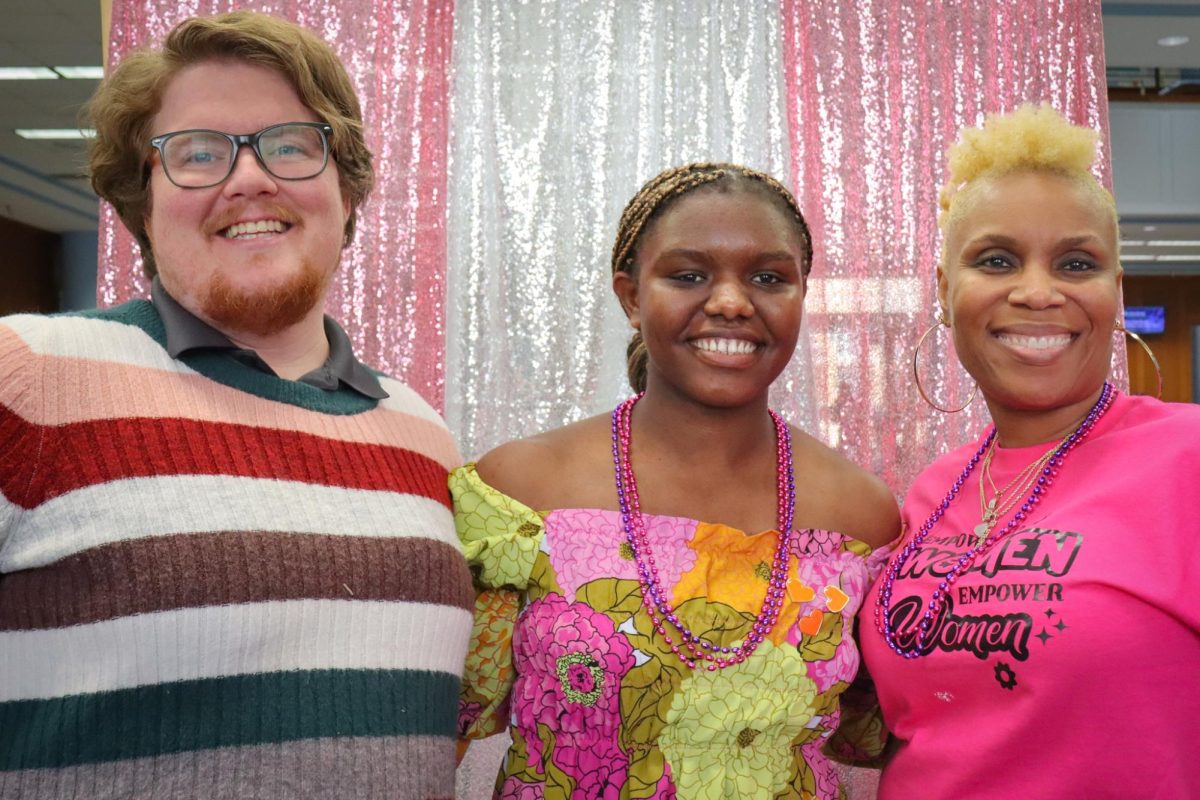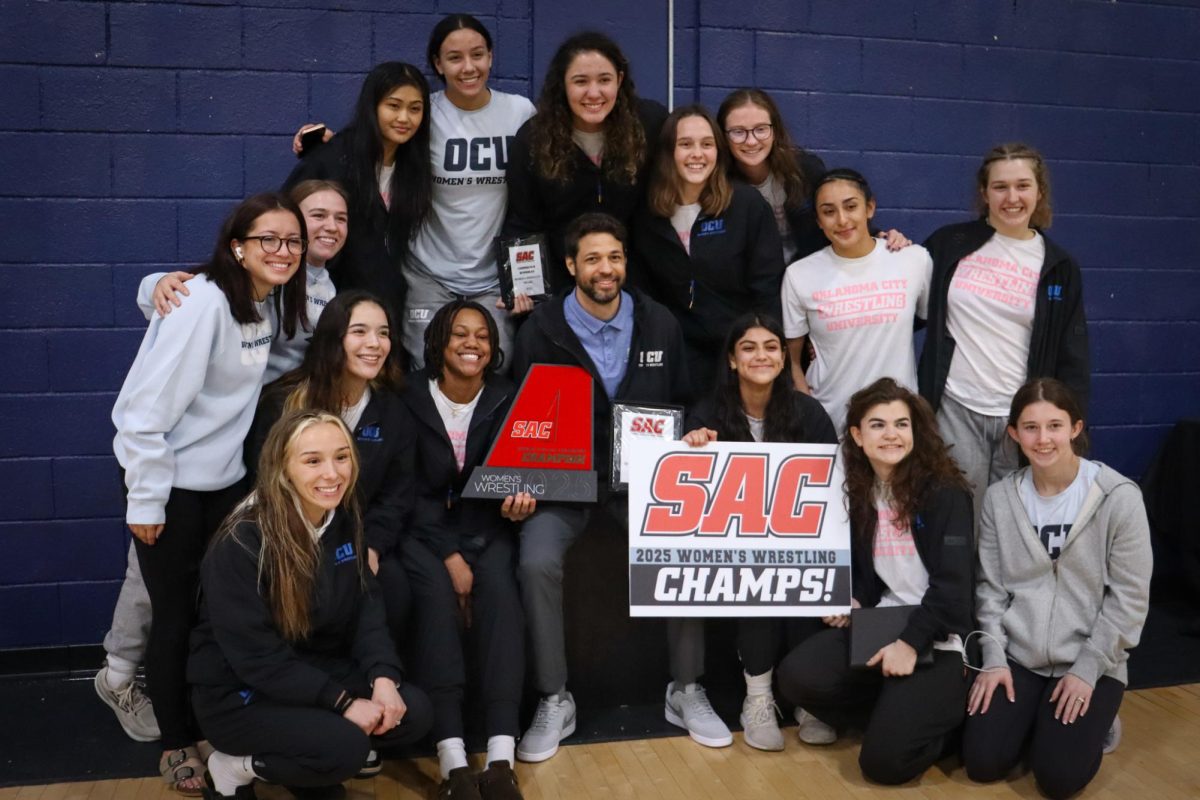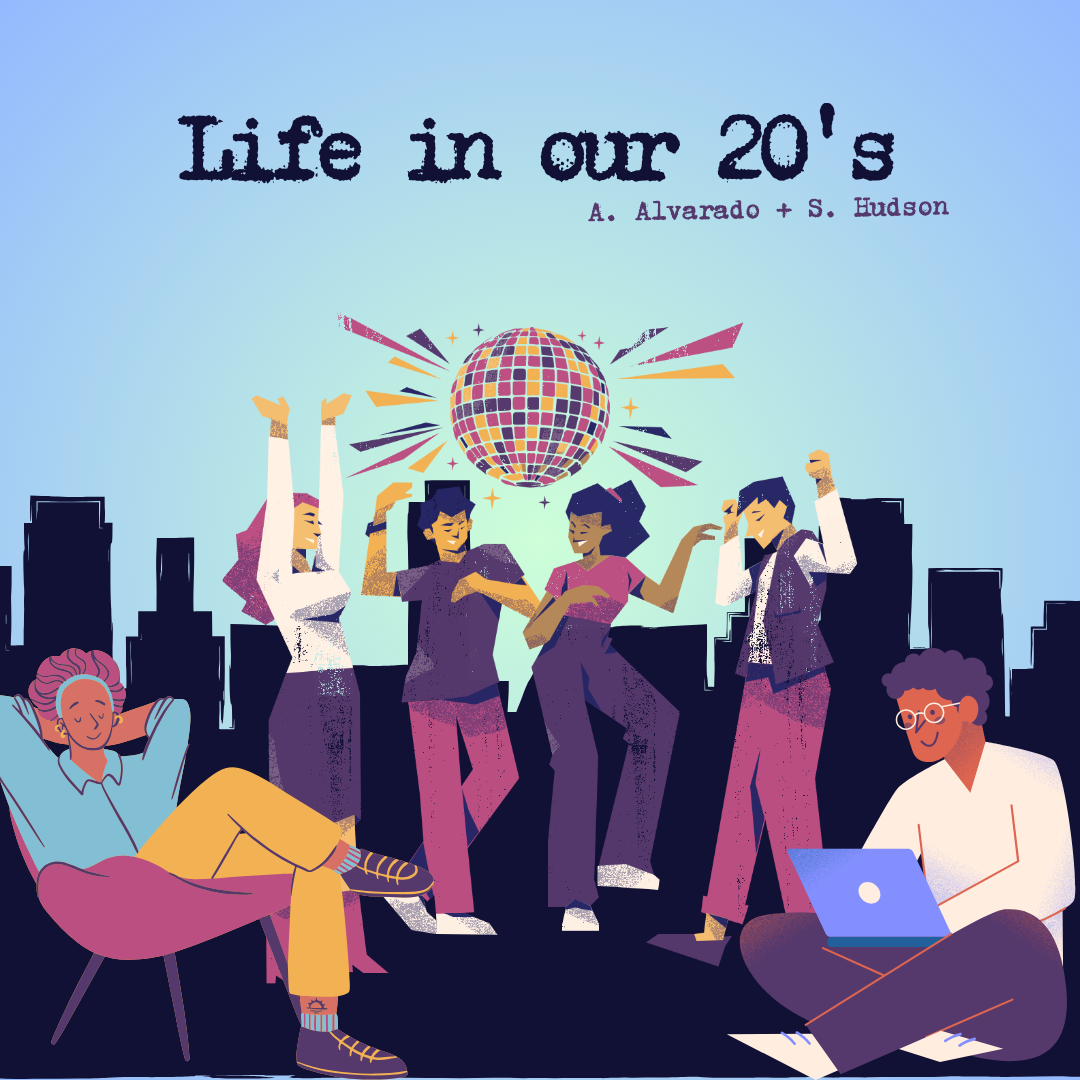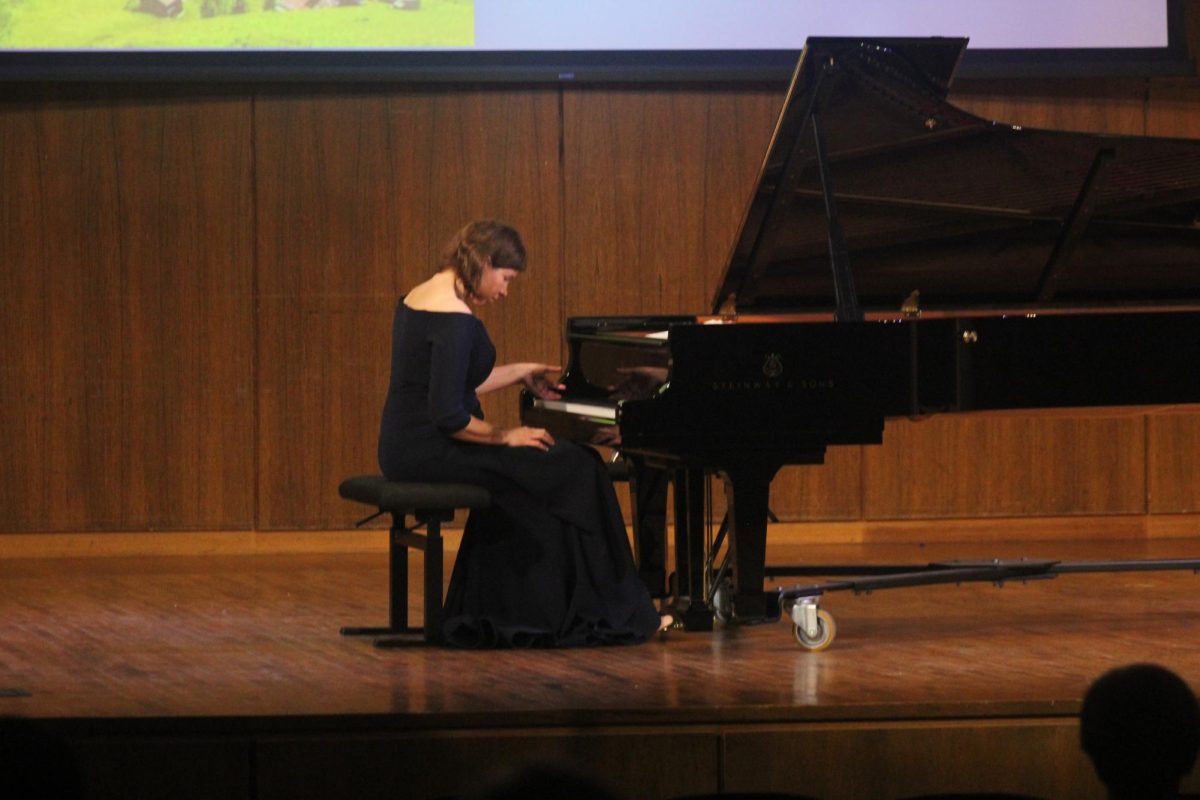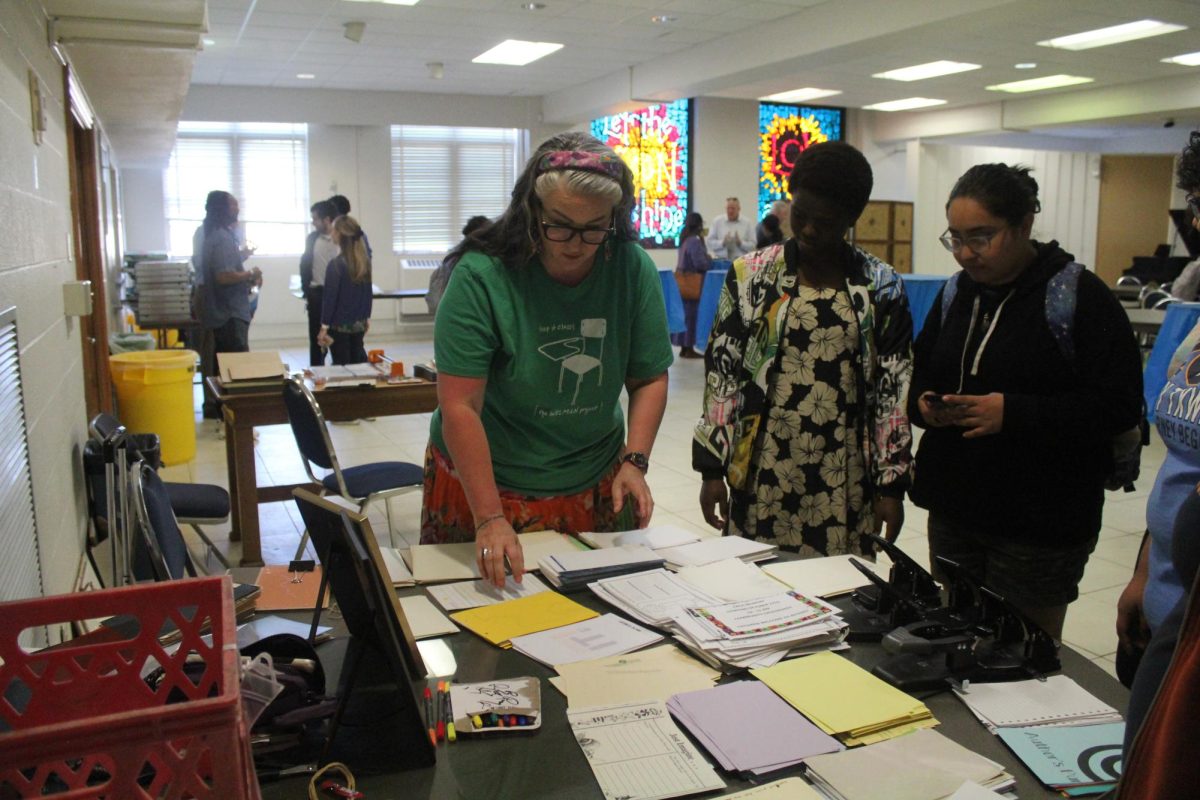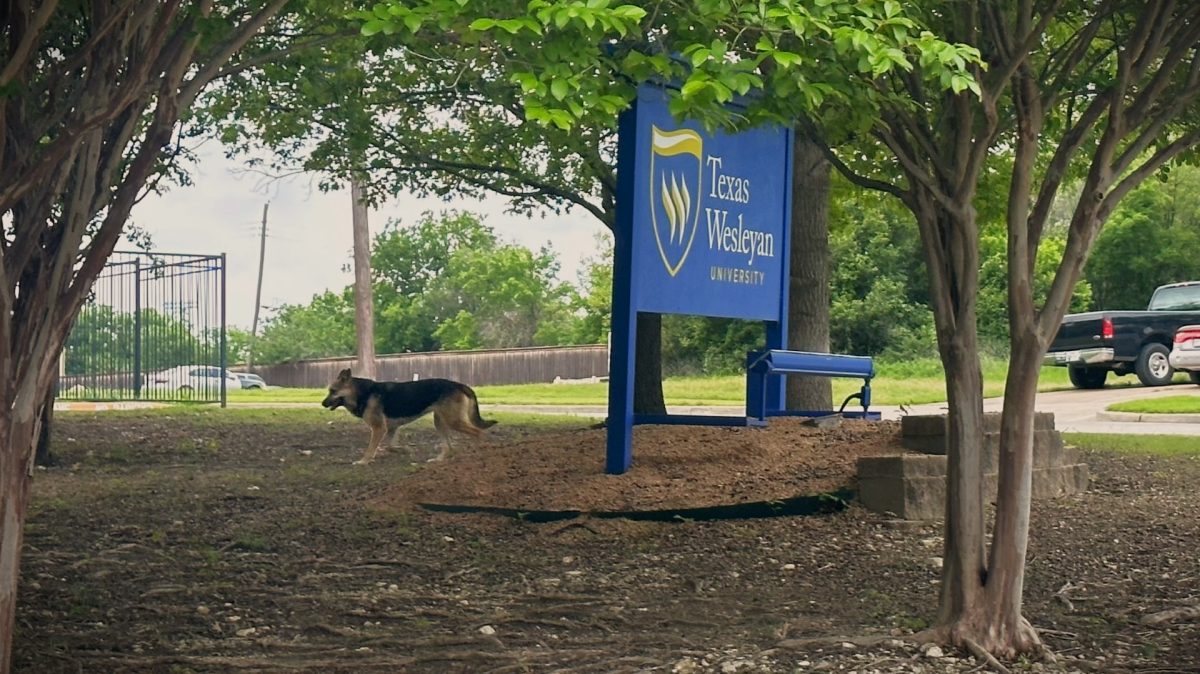On Thursday, Oct. 25, Texas Wesleyan’s Department of Music hosted the faculty recital “The Unknown Within the Known”. Chair of the Music Department Dr. Ilka Araujo was the performing pianist for the recital.
After the opening remarks, given by Dr. Bradly Naylor, Araujo explained how her recital would work. Throughout the recital, slides with information about the composers would be shown. In some instances, the suite (or set of musical movements) would have images specific to what was being played. This helped the audience understand the emotion and story of the music. She also stated the reasoning for the theme of the night.
“[When we listen to] the composers that we sometimes know, even the ones I will present tonight, we only hear one side of their music,” Araujo said. “As time goes on, their music can change due to their experiences, and sometimes we don’t recognize it as being from the same composer.”
After her remarks, Araujo explained the meaning of the first instrumental “Prece”.
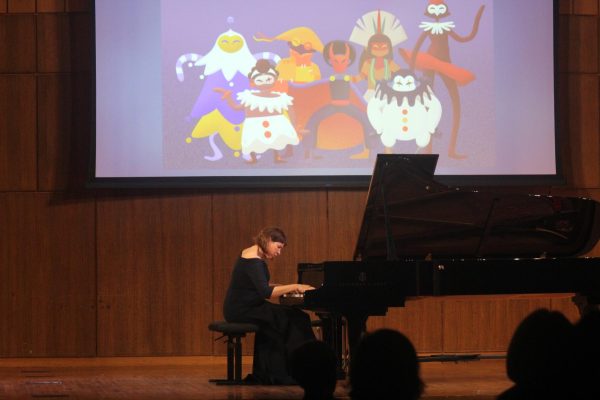
“The first piece means peace or prayer,” Araujo said. “I would like to offer this peace to the world, to those who are going through troubling times everywhere.” The performance of this piece resonated in the mind as an old peaceful memory; faded yet distinct. Combined with her tribute, the music was emotionally expressive. Following her performance was a moment of silence with respect to her dedication.
The second piece played, “Noturno”, was more upbeat. There was a variety of emotions portrayed, ranging from a sort of struggle to a more relaxed and peaceful array of notes. There was another short moment of silence before Araujo announced her next set of movements.
“Two pieces for the left hand” was next. These two pieces were “Prelude” and “Nocturne”. These two pieces blended into one another, with there being an almost unnoticed interlude between the two. They were energetic and vibrant, yet sweet and cool.
“Fortaleza” was written and dedicated to Araujo by Liduino Pitombeira. Having five short movements, Fortaleza hosted a conglomeration of energy and color. While some of the movements were calm and peaceful, some were hyper. The images given throughout the performance helped give the movements individuality.
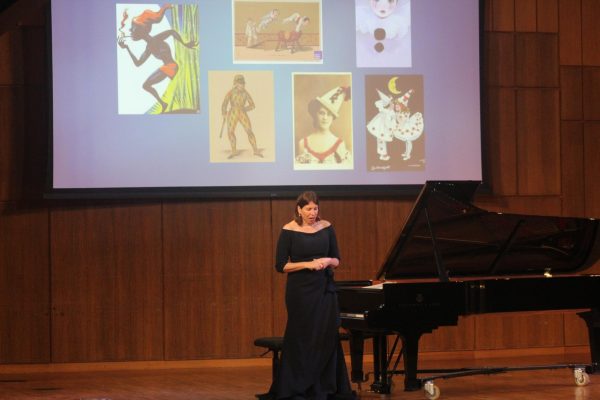
“Carnaval das Criancas”, or “Children’s Carnival”, had an interesting twist to it. Instead of pictures like the other pieces had, this suite had a video that went with each individual movement. These videos each had the same carnival theme, but each had a different portrayal of that theme. Some of the videos and music were playful and colorful, while some were simple and straight forward.
The last performance from the program was “Annees de Pelerinage I, S.160, No.6 – Vallee d’Obermann”. This piece gave a sort of mysterious vibe, and the meaning of it was explained in detail by the slideshow throughout the performance.
After the recital, Dr.Araujo played “Memory” by Andrew Lloyd Webber for the audience to enjoy as a token of gratitude for attending.





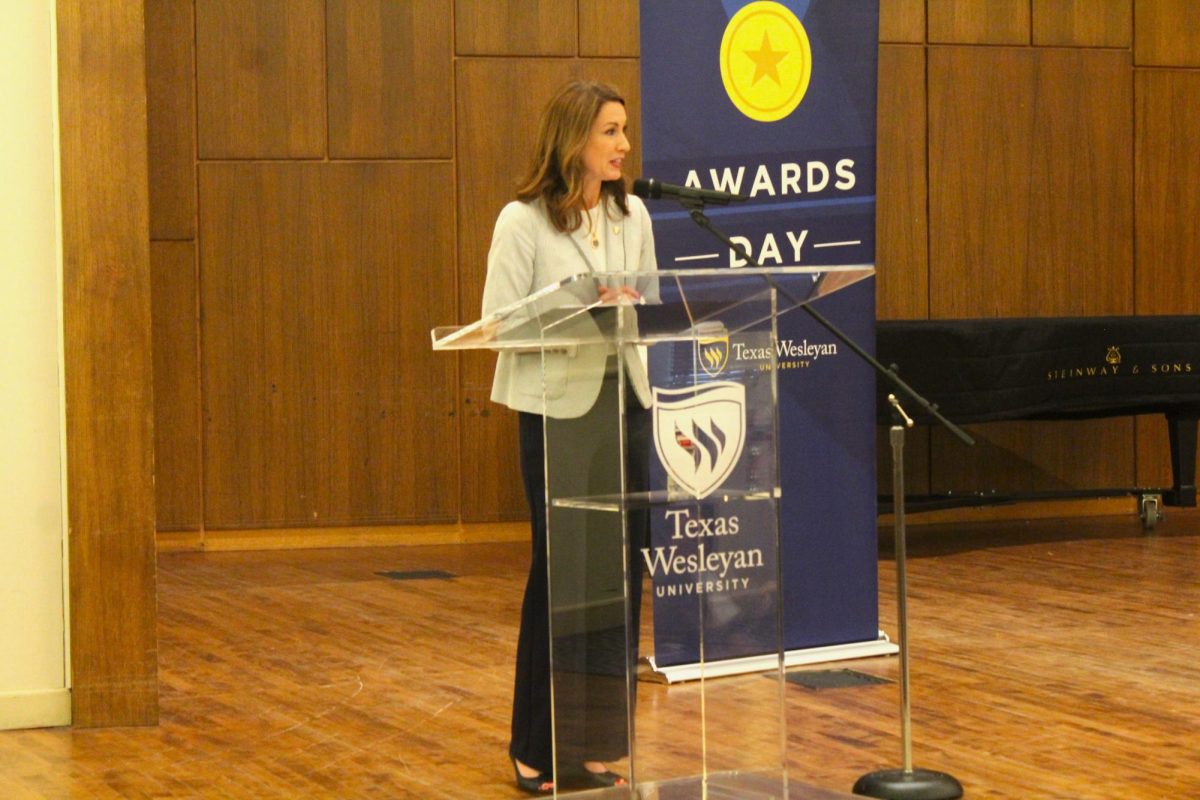


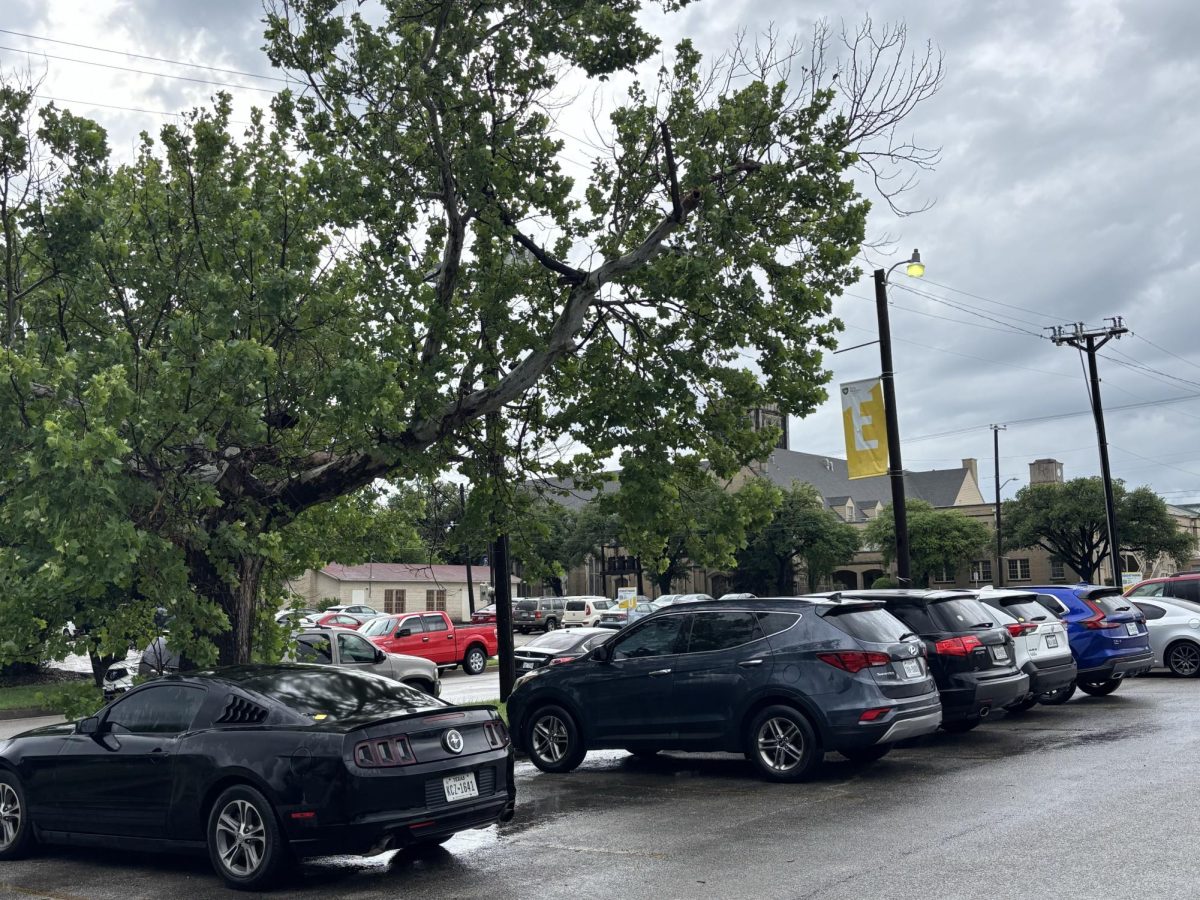
![Pippin, played by Hunter Heart, leads a musical number in the second act of the musical. [Photo courtesy Kris Ikejiri]](https://therambler.org/wp-content/uploads/2025/04/Pippin-Review-1200x800.jpg)
![Harriet and Warren, played by Trinity Chenault and Trent Cole, embrace in a hug [Photo courtesy Lauren Hunt]](https://therambler.org/wp-content/uploads/2025/02/lettersfromthelibrary_01-1200x800.jpg)
![Samantha Barragan celebrates following victory in a bout. [Photo courtesy Tu Pha]](https://therambler.org/wp-content/uploads/2025/05/20250504_164435000_iOS-834x1200.jpg)
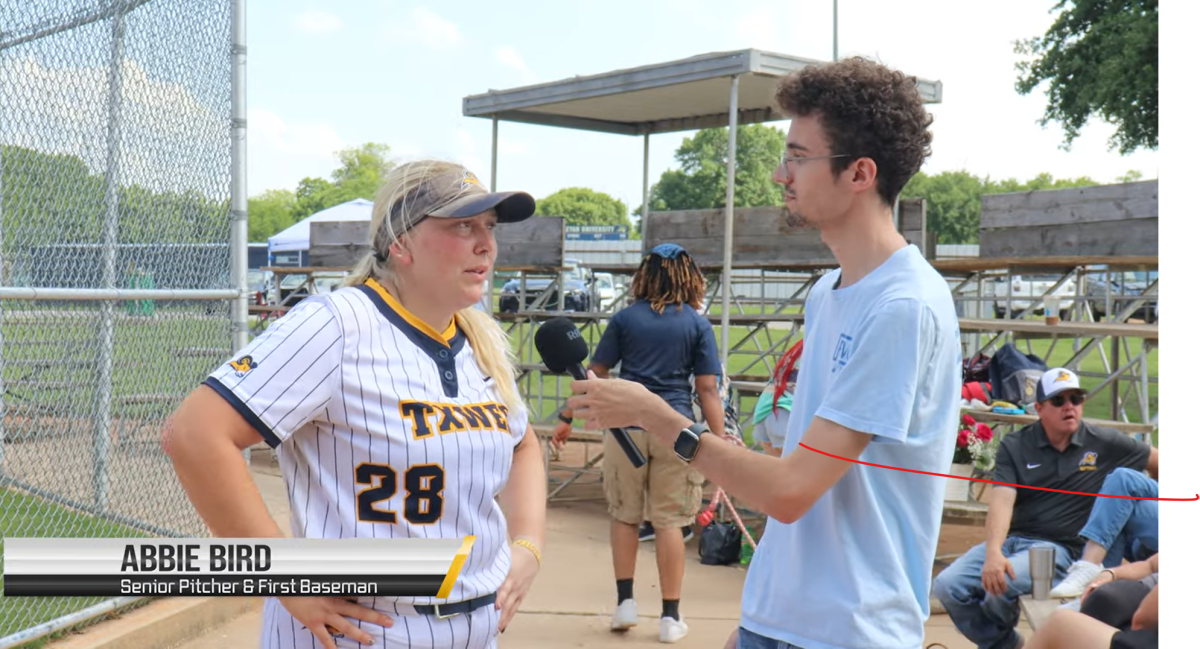


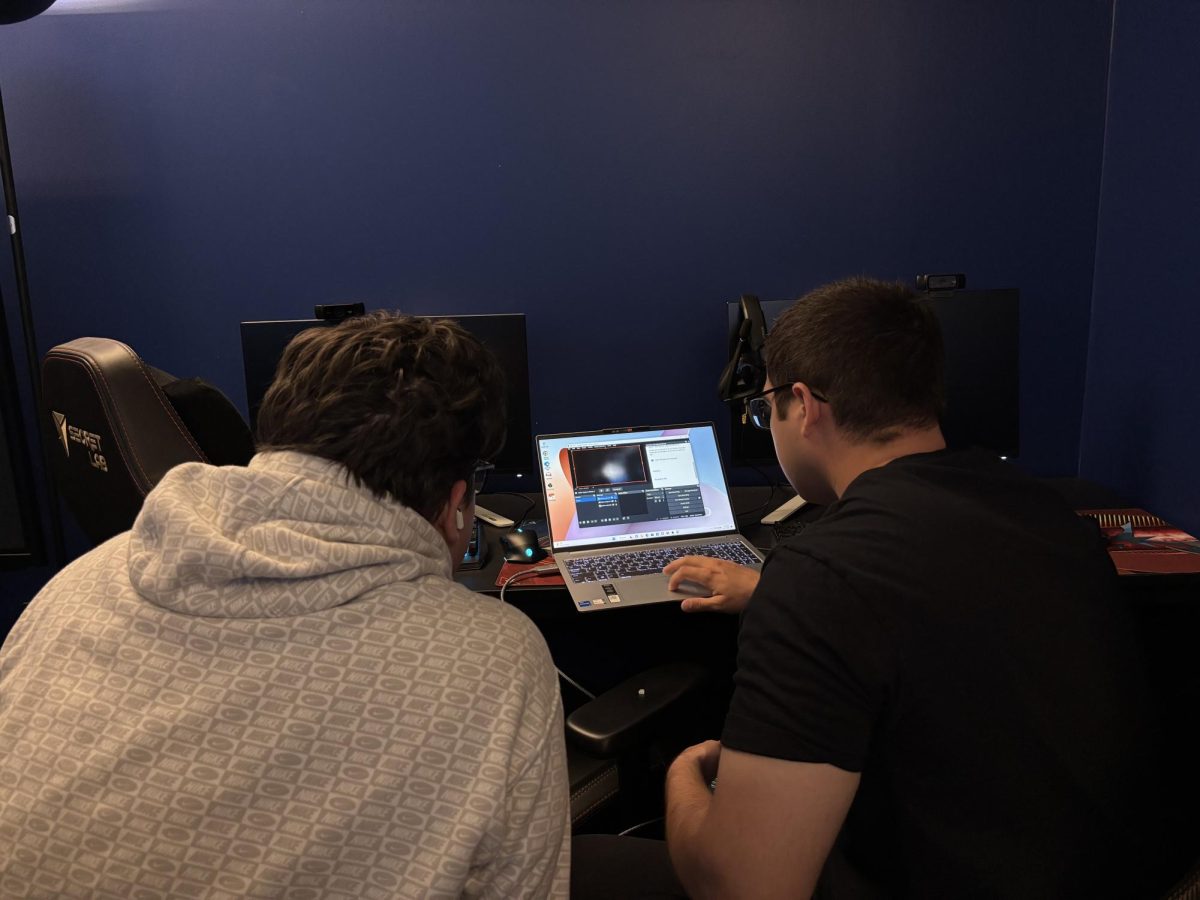

![Hunter Heart (center), the play's lead, rehearses a scene alongside other student actors. [Photo courtesy Jacob Sanchez]](https://therambler.org/wp-content/uploads/2025/04/thumbnail_IMG_8412-1200x816.jpg)
![Student actors rehearse for Pippin, Theatre Wesleyan's upcoming musical. [Photo courtesy Jacob Rivera-Sanchez]](https://therambler.org/wp-content/uploads/2025/04/Pippin-Preview-1200x739.jpg)
![[Photo courtesy Brooklyn Rowe]](https://therambler.org/wp-content/uploads/2025/05/CMYK_Shaiza_4227-1080x1200.jpg)
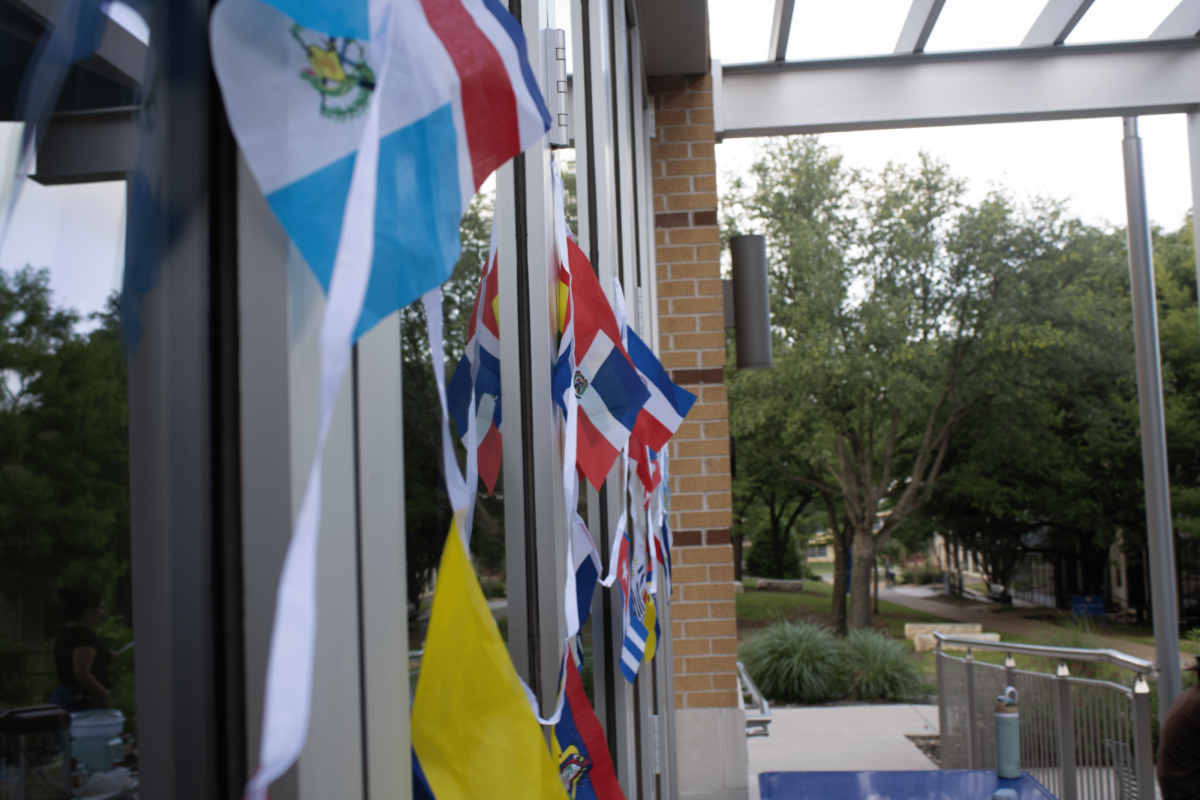
![Lady Rams softball wraps up weekend against Nelson Lions with a victory [6 – 1]](https://therambler.org/wp-content/uploads/2025/04/Screenshot-2025-04-04-100924-1200x647.png)
